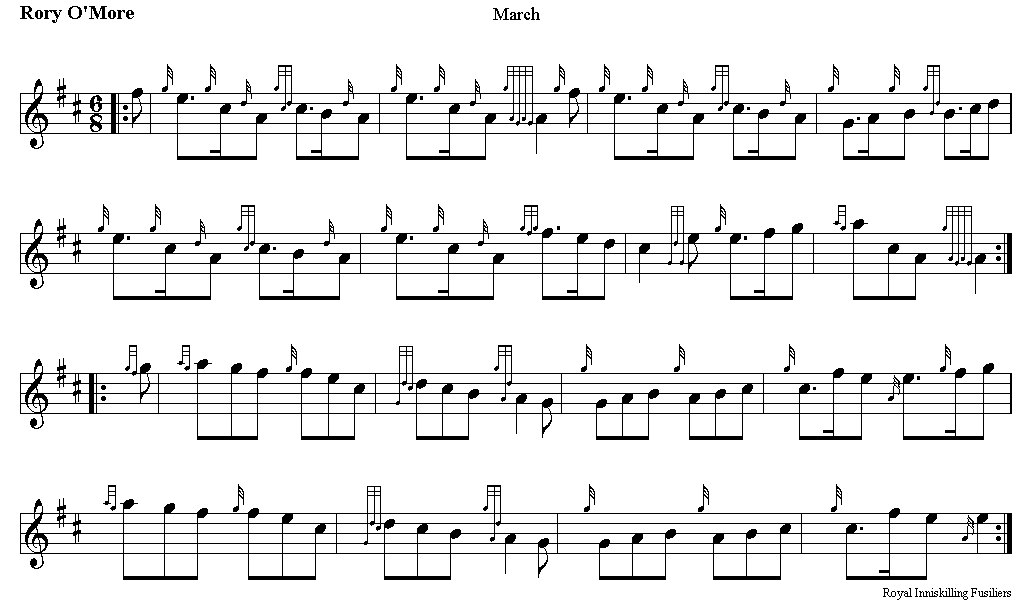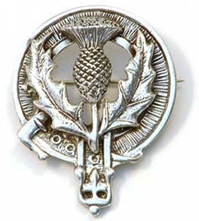|
Rory
O'More, also known as Rory Oge O'More (Irish:
Ruairí Óg Ó Mórdha)
(died 1578), was an Irish rebel. He was the second son
of Ruairí Ó Mórdha, captain of Leix, and Margaret,
daughter of Thomas Butler, and granddaughter of Pierce
or Piers Butler, eighth earl of Ormonde. Sir Henry
Sidney once called him ‘an obscure and base varlet,’ but
his family was one of the most important of the minor
Irish septs, and also one of the most turbulent.
Rory
Oge was a thorn in the side of the English during their
attempts to seize lands from the Irish in the sixteenth
century. In 1574, the authorities estimated they had
spent £200,000 fighting and trying to capture O'More.
On New Year's Day 1577, a brutal massacre of the Irish
gentry took place at Mullaghmast in Co. Kildare. Rory Og
O'More vowed to avenge the deaths of his fellow
countrymen. He kidnapped the relatives of important
people. With the help of members from other clans, he
destroyed large portions of Leinster and burned the town
of Naas.
An
observer noted, "Rori Oge O'More and Cormacke
MackCormake O'Connor, accompanied with not more than 140
men and boys, on the third of the monethe burned between
five and eight hundred thatched housies in a markett
town called the Naas. They had not one horseman nor one
shot with them. They ranne through the towne being open
like haggs and furies of hell with flakes of fier
fastened on pooles and so fiered the lowe thatched
housies; and being a great windie night one house took
fiere of another in a moment."
A
reward of £1,000 was offered to anyone who could capture
O'More. He was finally captured and killed in 1578. His
head was displayed for all to see at Dublin Castle.
The
tune, is also known as Haste To The Wedding, Rory
O’Moore, The Rory O’More March, and Ruadhraí Ó Mórdha,
Ruaidri Ua Morda.
 |



